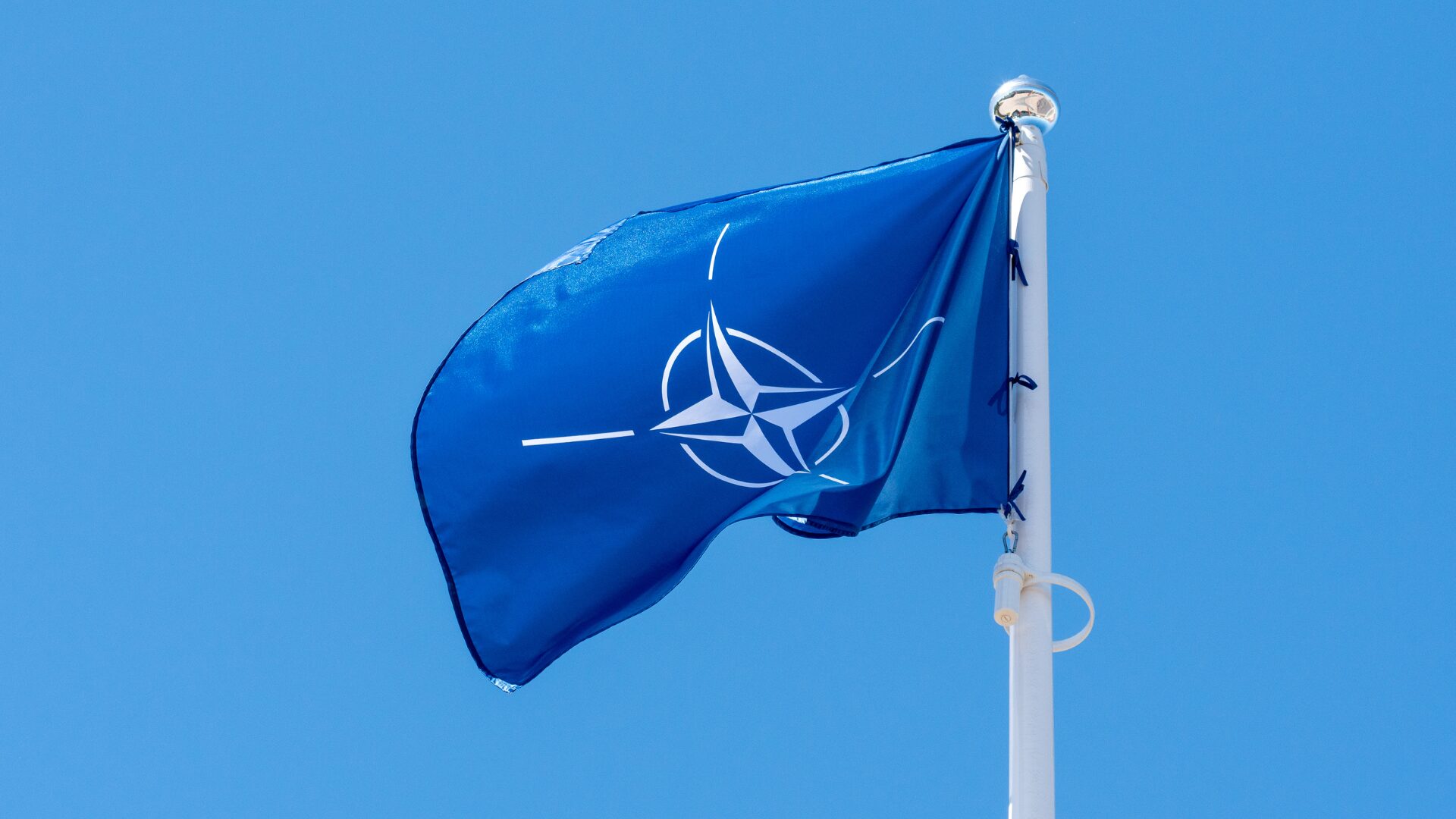Date first published: 31/12/2024
Key sectors: all; defence
Key risks: geopolitical tensions; defence spending
Risk development
Donald Trump’s looming return to the US presidency on 20 January 2025 has sparked concern across NATO member states. Trump’s first presidency from 2017–2021 was marked by his criticism of NATO as “obsolete,” demands for increased European defence spending, and threats to withdraw the US from the alliance. In February 2024 Trump recalled telling an unnamed European leader that he would encourage Russia “to do whatever the hell they want” to any NATO member that didn’t meet defence spending targets. Anticipating Trump’s return, NATO has intensified strategic planning to mitigate potential risks, including renewed tensions within the alliance and a reduction in US support for key initiatives, particularly regarding Ukraine and collective defence measures.
Why it matters
A second Trump presidency could pose significant risks to NATO cohesion and operational readiness. Trump’s previous rhetoric, questioning the Article 5 collective defence principle, could embolden adversaries such as Russia. Furthermore, reduced US financial or military contributions could undermine NATO’s capacity to counter emerging threats, from cyberattacks to conventional conflicts. The alliance’s role in supporting Ukraine might also face challenges, as Trump has signalled a preference for reducing involvement in foreign conflicts, potentially weakening Western solidarity with Ukraine. The prospect of a less predictable and more isolationist US foreign policy could compel European allies to accelerate independent defence capabilities, potentially reducing reliance on NATO’s integrated command structure. Such moves could fragment the alliance, particularly if financial disputes over burden-sharing resurface.
Background
During his first term, Trump persistently criticised NATO allies for not meeting the 2 per cent GDP defence spending target, agreed upon at the 2014 Wales Summit. By 2023, only 11 of 31 member states achieved this benchmark, despite Trump’s pressure. That number is expected to rise to 23 in 2024, with Russia’s full-scale invasion of Ukraine spurring NATO members to commit to greater defence spending. The invasion also prompted longstanding neutral Finland and Sweden to join the alliance in April 2023 and March 2024, respectively. Nevertheless, Trump’s threats to withdraw the US from NATO raised alarm about the alliance’s long-term stability.
Under the Biden administration, NATO sought to restore transatlantic trust, notably through the 2022 Strategic Concept, which reaffirmed collective defence and enhanced focus on hybrid threats and great power competition. Biden’s firm stance on Ukraine reinforced NATO’s deterrence measures, including increased troop deployments in Eastern Europe. The fragile gains in unity achieved during Biden’s presidency now risk reversal under Trump’s potential leadership. Trump’s reported admiration for authoritarian leaders and perceived ambivalence towards Russia have also raised questions about the US’s role in countering Moscow’s ambitions.
Risk outlook
NATO members are likely to prepare for diminished US commitment by enhancing regional defence collaboration, exemplified by initiatives like the EU’s Permanent Structured Cooperation (PESCO) and efforts to develop joint military capabilities such as the European Sky Shield Initiative. NATO is reportedly discussing raising its target for defence spending to 3 per cent at its next summit in June 2025. On 20 December the Financial Times reported that Trump signalled to European leaders that he would demand a 5 per cent target, although he also indicated a willingness to continue supplying Ukraine with military aid.
Simultaneously, adversaries such as Russia and China might exploit perceived divisions within NATO, escalating their efforts to undermine the alliance’s credibility. Russia could intensify hybrid warfare and disinformation campaigns to sow discord among member states. A potential pivot away from Ukraine under Trump’s leadership could compel European allies to fill the gap in military and financial support, straining their resources. This shift may also embolden Moscow, prolonging the conflict and challenging NATO’s broader strategic goals.
While Trump’s return will undoubtedly test NATO, the alliance has demonstrated resilience in the face of internal and external pressures. The likelihood of increased European defence spending and strategic autonomy, coupled with NATO’s robust institutional frameworks, suggests the alliance would adapt to a changing geopolitical environment. However, the coming months will be pivotal in determining NATO’s ability to navigate these potential disruptions while maintaining its role as the cornerstone of transatlantic security.
Members of the AKE Community receive one Analytical Briefing a week on the most pressing developments from across the world. If you want to receive such a briefing every week and much more, become a member of the AKE Community today!

